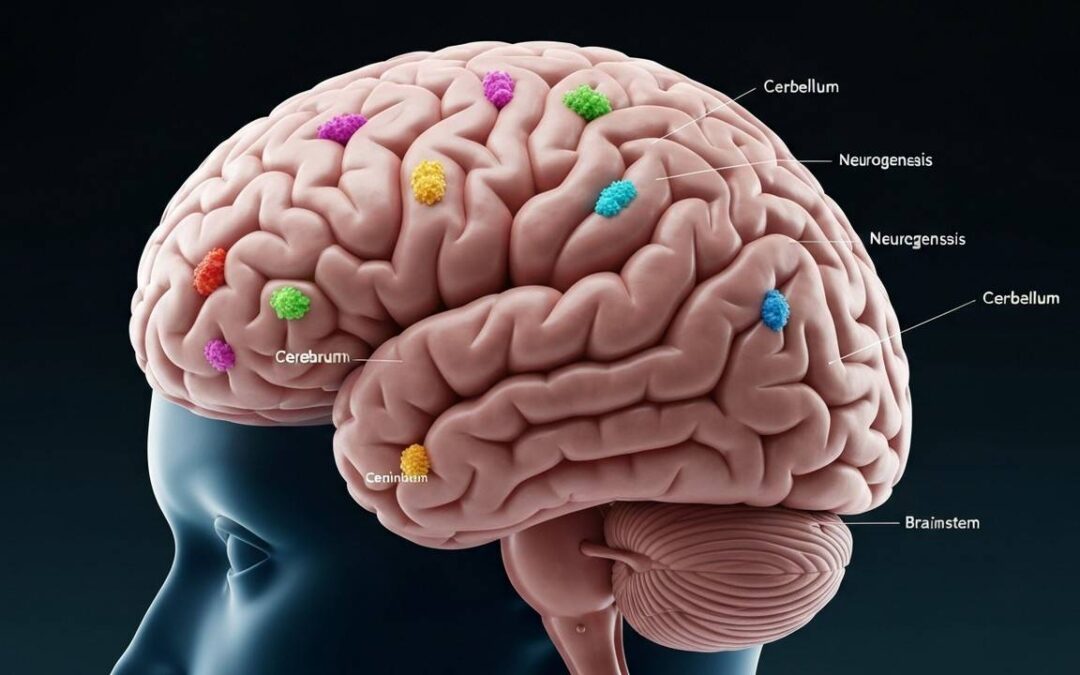[ez-toc]
Why Are There Equal Numbers of Boys and Girls? Unraveling the Mystery of Human Sex Ratio
In the grand tapestry of life, humans exhibit a peculiar and seemingly perfect balance: an almost equal number of boys and girls are born each year. This intriguing phenomenon, the human sex ratio, has captivated scientists and philosophers alike for centuries. While many animal species display skewed sex ratios, humans consistently maintain a near-perfect 1:1 ratio. A recent study from the University of Michigan delves deep into the genetic underpinnings of this biological equilibrium, exploring why this balance has been maintained throughout human evolution.
The human sex ratio is a captivating enigma, sparking curiosity and scientific inquiry for generations. While many species exhibit imbalanced ratios, humans maintain an uncanny equilibrium, with nearly equal numbers of boys and girls born each year. A groundbreaking study from the University of Michigan sheds light on the genetic basis of this intriguing phenomenon, exploring why this balance has been sustained throughout evolution.
We also Published
- Mars: A History of Harsh Environments – Martian Habitability
New findings from NASA’s Curiosity rover suggest Mars may have had fleeting periods of potential habitability, but these were likely interrupted by harsh environmental conditions. - SpaceX Dragon’s Propulsive Landing: A Backup for Safe Return
SpaceX’s Dragon spacecraft, now equipped with a propulsive landing system, offers a backup plan for astronauts’ safe return to Earth in case of parachute failure. Learn more about this innovative technology and its significance in space travel. - Periodic Table: Lectures on Basics – Elements, Groups, & Periods
Discover the periodic table’s structure, significance, and how it organizes elements based on their properties.
Decoding the Genetic Blueprint of Sex
Human sex is determined by the X and Y chromosomes, the very essence of our genetic makeup. Females inherit two X chromosomes, while males inherit one X and one Y chromosome. The Y chromosome holds the key to male development, carrying the SRY gene, which acts as a molecular switch, activating the cascade of events leading to male characteristics in an embryo. Without the SRY gene, the embryo naturally develops into a female.
The Dance of Chromosomes: Fertilization and Sex Determination
The magic of life begins with fertilization, the fusion of a sperm and an egg. Each sperm carries either an X or a Y chromosome, while the egg always carries an X chromosome. When an X-bearing sperm fertilizes the egg, the result is a girl (XX). Conversely, when a Y-bearing sperm unites with the egg, a boy (XY) is brought into the world. This even distribution of X and Y chromosomes is the primary reason for the near-equal number of male and female births.
The Persistence of Balance: Evolutionary Insights
The 1:1 sex ratio in humans, while seemingly obvious, is not a universal phenomenon. Many species deviate significantly from this balance, with some exhibiting a preponderance of one sex over the other. These deviations can be attributed to genetic mutations, environmental factors, or even inherent biological predispositions. For example, some bird species and marsupials naturally produce more of one sex than the other.
However, the 1:1 ratio in humans is not merely a coincidence; it is a testament to the power of natural selection. This remarkable balance is self-correcting, as elegantly articulated by British statistician Ronald Fisher’s theory. If one sex becomes rarer, its offspring have a higher chance of survival and reproduction, effectively restoring the population balance.
Modern Insights into Human Sex Ratios
In their recent study, researchers Siliang Song and Jianzhi Zhang meticulously analyzed vast human data sets from the United Kingdom. They sought to determine whether human sex ratios deviate from the expected 1:1 balance over extended periods. Their findings revealed no significant long-term departure from this ratio, despite identifying a few genetic variants that subtly influence sex determination. However, these variants do not seem to pass from one generation to the next, suggesting a complex interplay of factors.
The Role of Monogamy and Societal Influences
One compelling explanation for the consistent 1:1 ratio in humans could lie in the prevalence of monogamous relationships. This social structure, where individuals form enduring bonds with a single partner, might reinforce the need for equal numbers of males and females in the population. It ensures a balance in potential partners and promotes the continuation of the species.
A Continuing Quest for Understanding
While the human sex ratio remains remarkably stable, the study raises intriguing questions about the factors that underpin this balance. Why does this near-perfect equilibrium hold so firmly in humans while other species experience considerable fluctuations? The research serves as a launching pad for future investigations into the complex forces that shape sex ratios, ensuring that this intriguing aspect of human biology remains an area of ongoing scientific exploration.
“Nature is not interested in human opinion. Nature has her own ways of ensuring balance. We must understand her laws to coexist sustainably.”
RESOURCES
- Sex ratio effects on reproductive strategies in humans – Journals
- Sex ratio – The World Factbook
- Sex ratios at birth vary with environmental harshness but …
- Sidebar: Sex ratios around the world
- Sex Ratio in India UPSC Notes: Sex Ratio in India State wise
- Current Theories on the Human Sex Ratio
- Why is a 50:50 sex ratio so prevalent in nature?
- The human sex ratio at conception
- Why is the natural sex ratio 1:1? : r/biology
- Sex ratios at birth vary with environmental harshness but …
- Evidence that mammalian sex ratios at birth are partially …








0 Comments